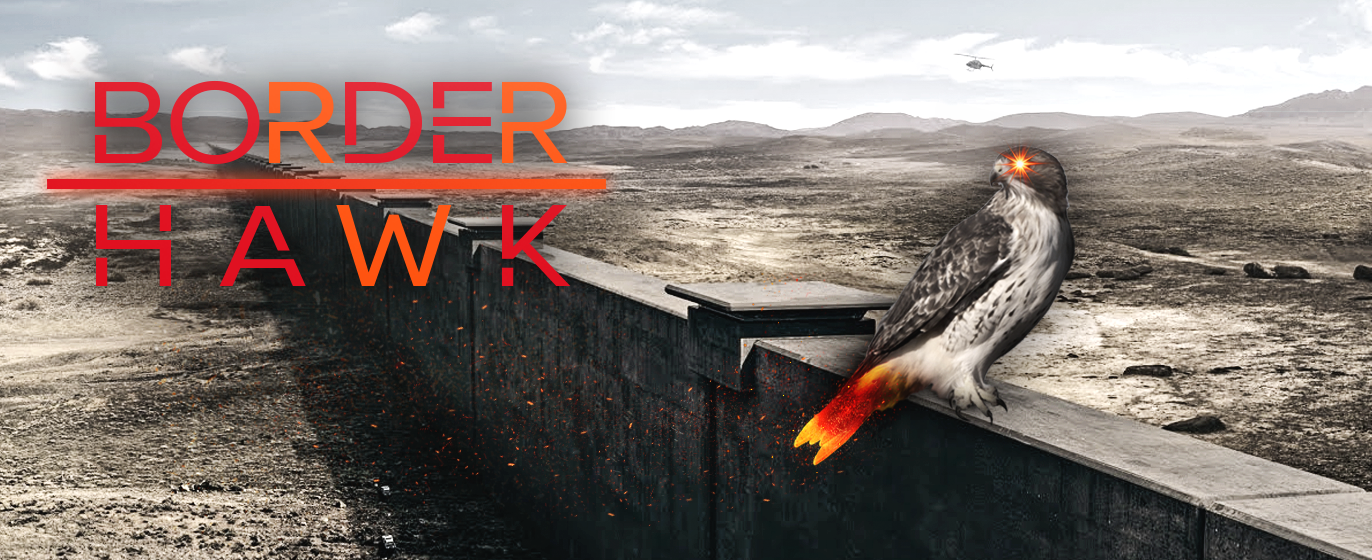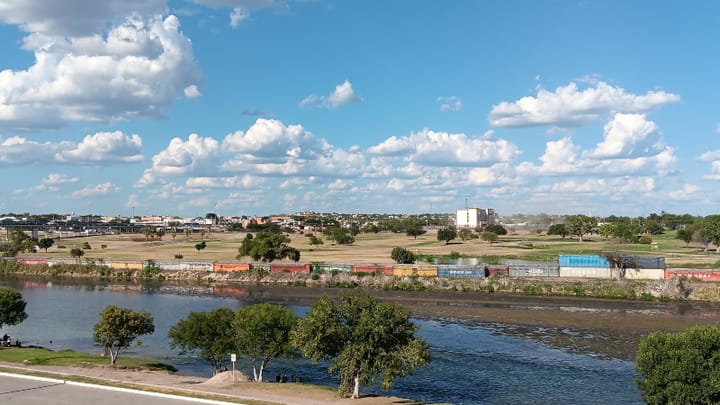Reflecting on American Heritage During a Road Trip Out West
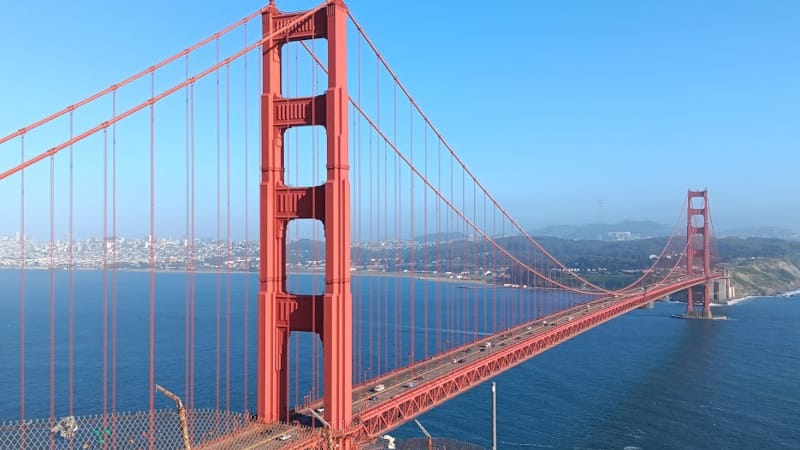
My wife, son and I recently took a 12-day road trip to the western United States. We traveled 5,830 miles, visiting 10 states and one Canadian province.
We passed through fertile farmland, prairie, desert and mountains. We went to historical sites and famous cities. We saw elk, pronghorn antelope and sea lions.
We visited Crater Lake National Park. Crater Lake was a volcano which collapsed thousands of years ago and became a lake, the deepest in the United States.
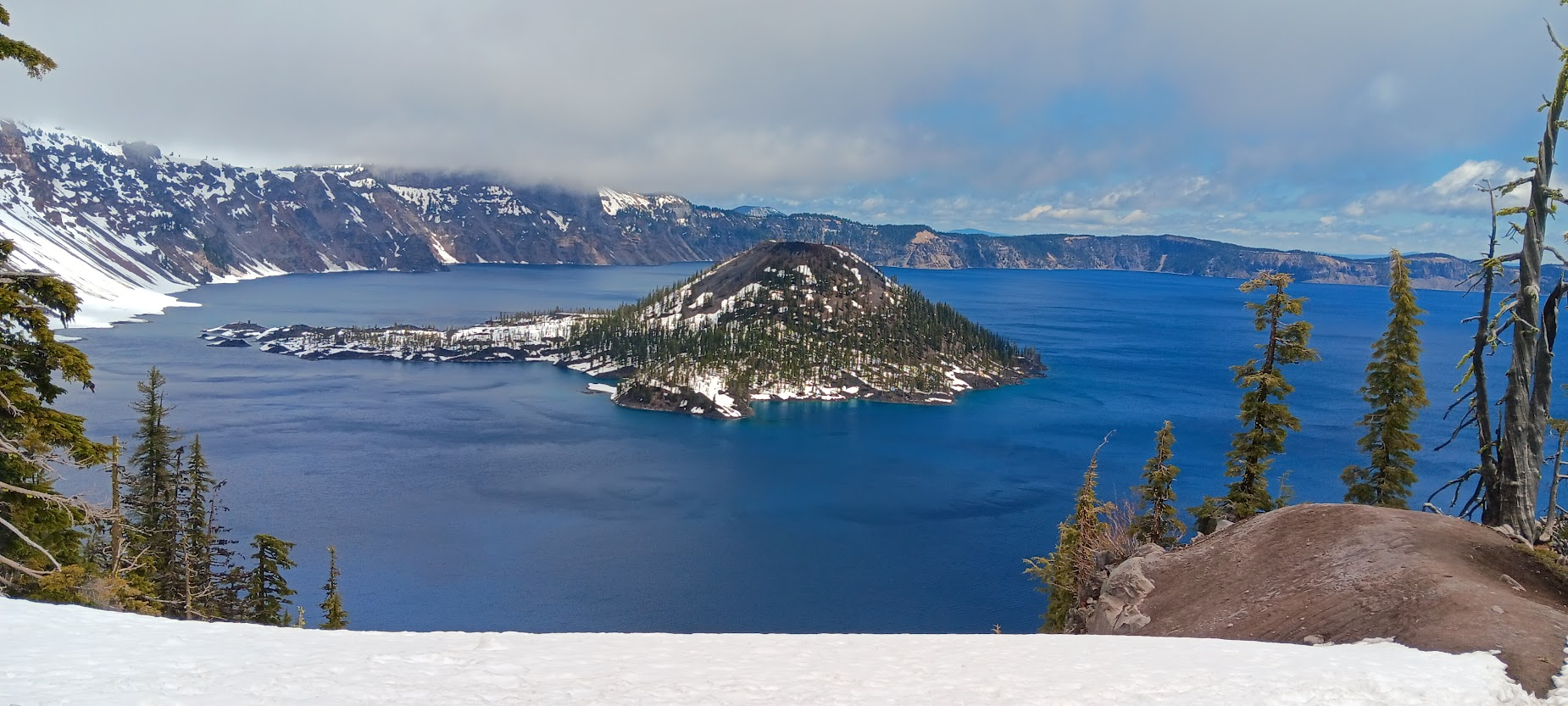
We drove through the California Redwoods and saw the Pacific Ocean.

We visited Yellowstone, America’s first national park, and saw Old Faithful erupt.
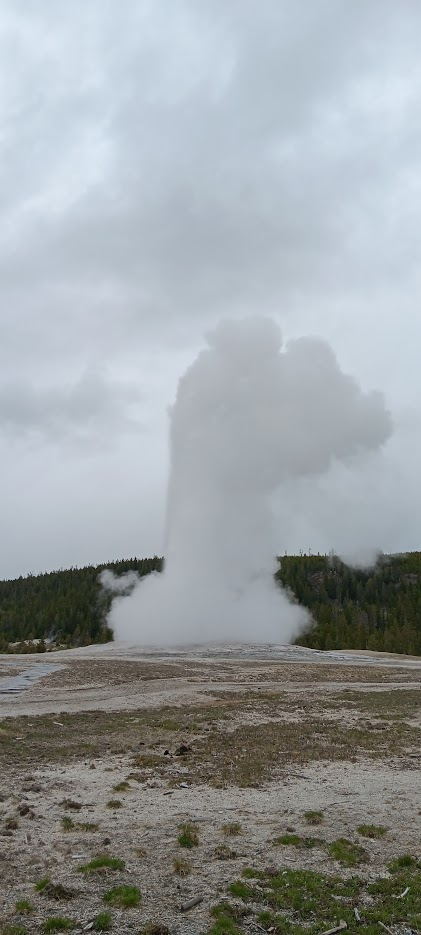
Out west, the distances separating inhabited areas can be enormous. There might be 100 miles between gas stations, so you’d better plan ahead and watch your fuel!
Nowadays, we can travel hundreds of miles in a matter of hours, driving an air-conditioned automobile down an interstate, communicating by cell phone.
Think about the pioneers, traveling in a covered wagon. After all the hardships and dangers of their journey, they arrived to a new place where they had to start from scratch on a new farm with a new home.

But innovators of recent centuries have increased the speed and volume of travel.
The transcontinental railroad connected a railroad heading west with one heading east. In 1869, the two were united with the ceremonial driving of the golden spike in Utah. We visited that site and my son re-enacted it with a fake golden spike for tourists.
The 20th century equivalent of the transcontinental railroad was the Interstate Highway system, a project of President Eisenhower, the last U.S. president to really care about the border until Donald Trump.
The interstate highways are so well-constructed and comfortable that it’s easy to take them for granted and forget what great marvels of engineering they are.
Traveling west of Denver, we drove along Interstate 70, passing through the Rocky Mountains, crossing the Continental Divide through the Eisenhower-Johnson tunnel at 11,000+ feet above sea level.
Interstate 70 passes through the Glenwood Canyon without upsetting the natural scenery, in fact, it just seems like part of it. The American Society of Civil Engineers awarded the I-70 Glenwood Canyon Project its Outstanding Civil Engineering Achievement Award of 1993.
In Nevada, we traveled on Interstate 80 which follows the old California Trail, over which pioneers went to California.
We visited a California Trail museum operated by BLM.
No, not that BLM! The original BLM - Bureau of Land Management!
We visited San Francisco and what a great city it is.
It’s located at the “Golden Gate," a strait connecting the bay with the Pacific Ocean. This is why it was such a strategic port.
In the 1930s, a bridge was constructed over the Golden Gate. Of course, it is called the Golden Gate Bridge.

San Francisco is an iconic and unique city, and we did a lot of walking on its hills and along the waterfront.
We also saw drug-abusing homeless people who are allowed to live on the sidewalk.
Historical sites we visited included the Little Bighorn Battlefield, scene of Custer’s Last Stand, in Montana; the California Trail museum in Nevada; and the Donner Party campsite in California.
How were historical sites treated? Were the signs and exhibits “woke," PC and anti-white, in the manner of today’s media/academic complex?
I’m pleased to report that I didn’t see that. At the sites we visited, including Little Bighorn, the signs and exhibits were not “woke” but simply told the story of the site. Good, let’s keep it that way.
However, one sign we saw was questionable for another reason.
In California, we visited the campground of the ill-fated Donner Party, pioneers who were caught in a blizzard. If you don’t recall what happened there, look it up.
There’s a sign at the entrance to the Donner Campground site. Whoever wrote it either (1) didn’t think of the ramifications of what he was writing, or (2) has a morbid sense of humor.
Here’s a photo of the sign:

Travel when you can. It helps us appreciate our country and its heritage.
You can find more of Allan Wall's work at his website and Mexico News Report.
Border Hawk Needs Your Help - to Stop the Invasion!
Please donate to support our work
Visit BorderHawk.news

